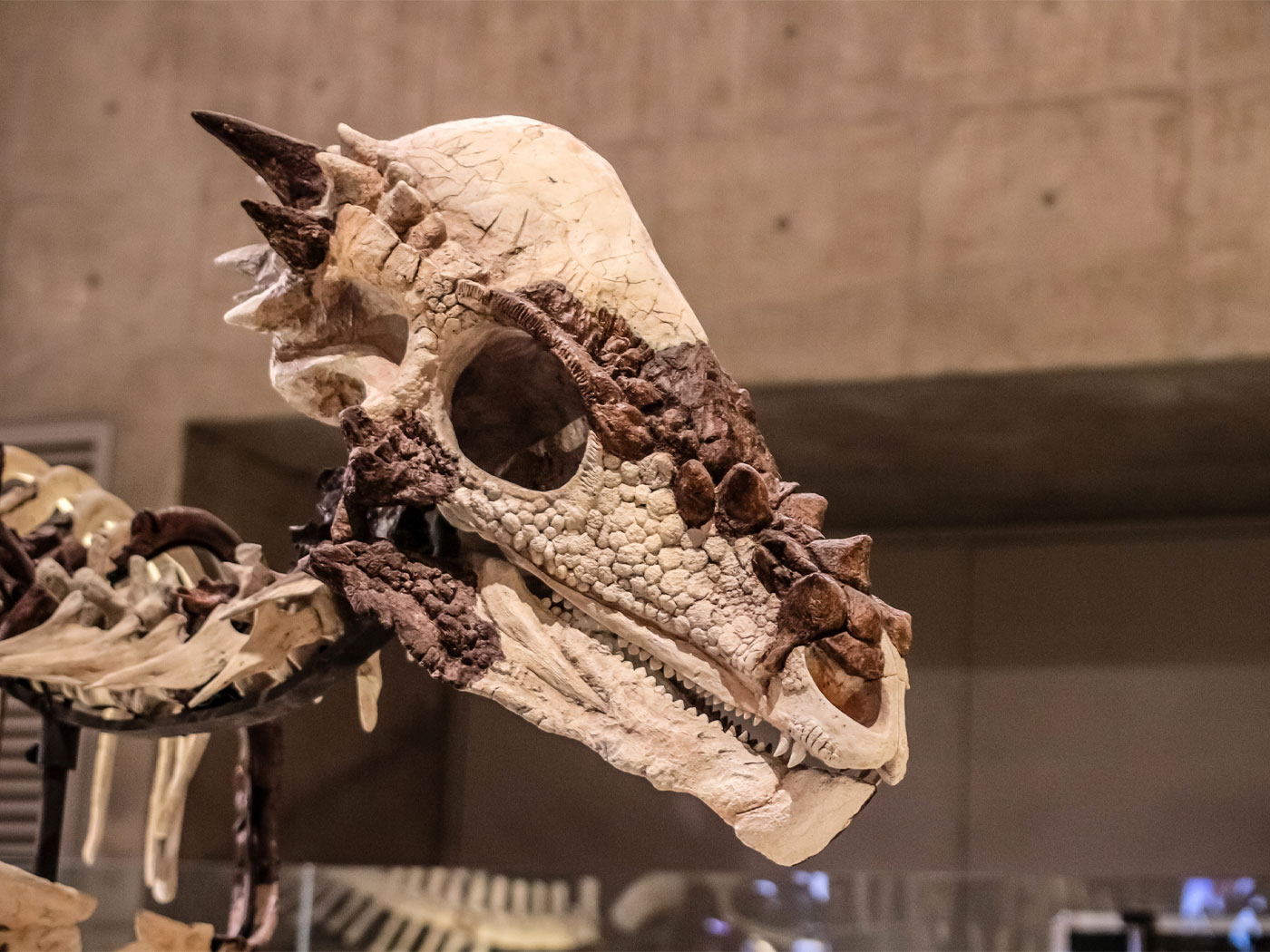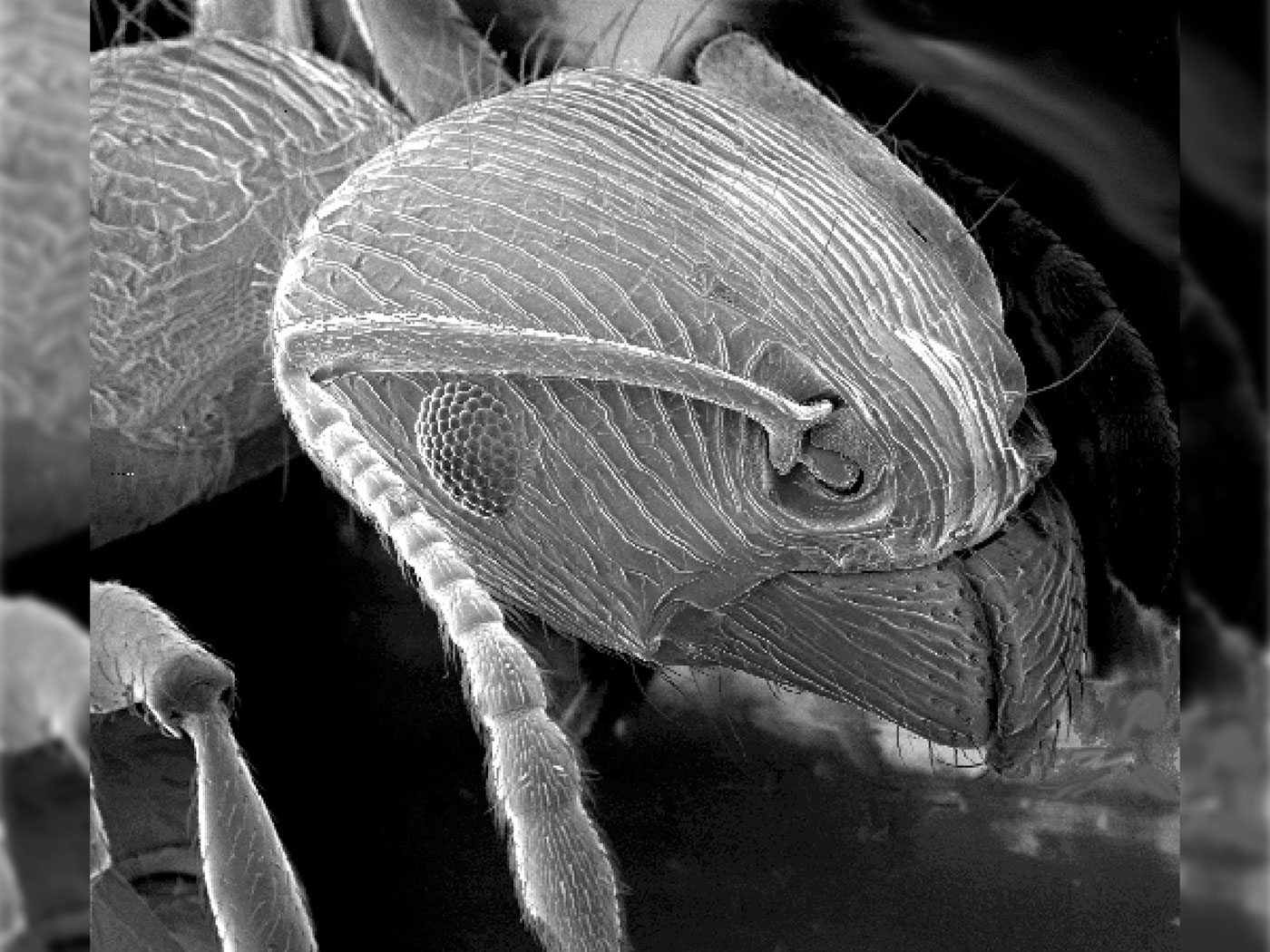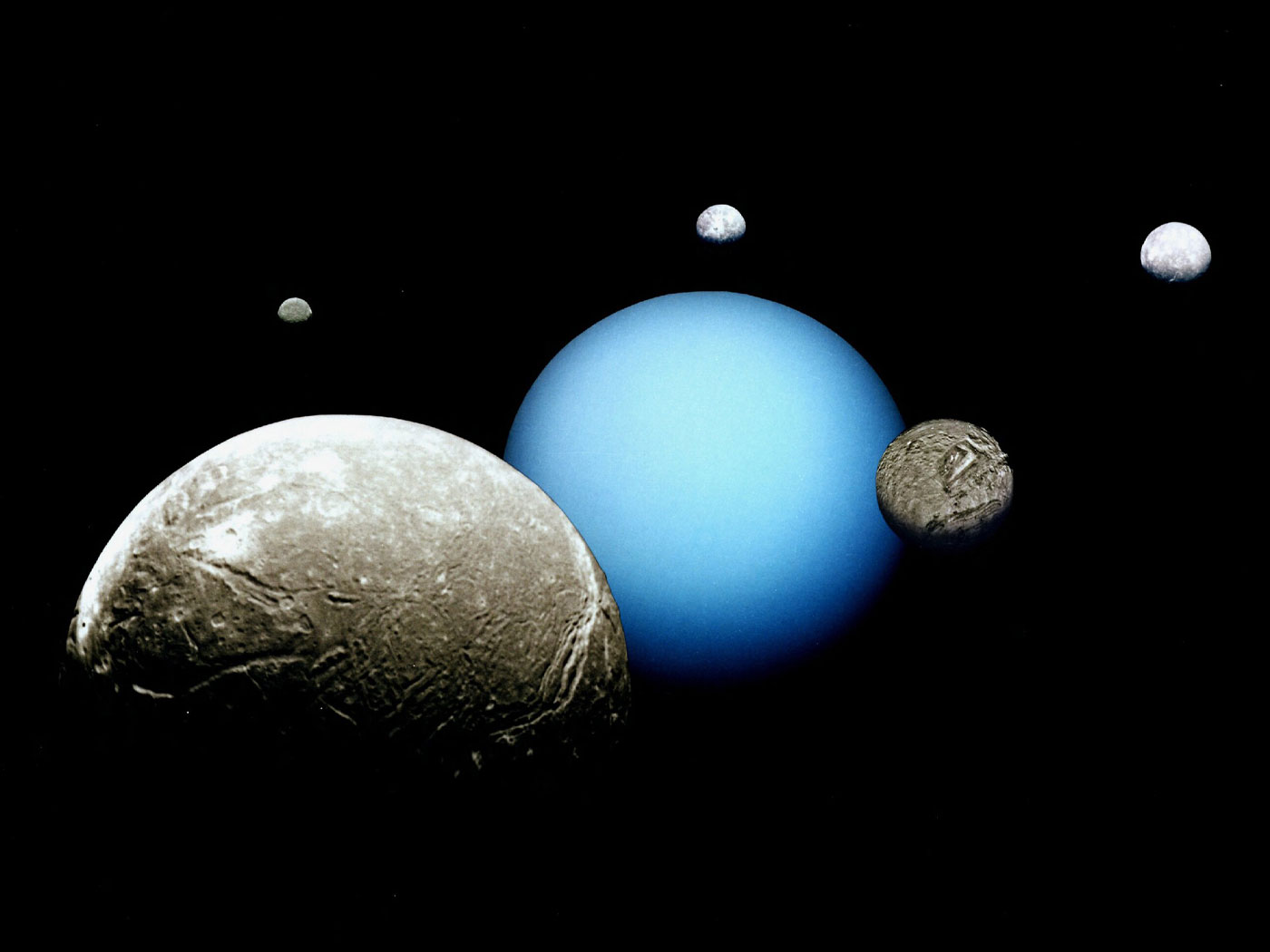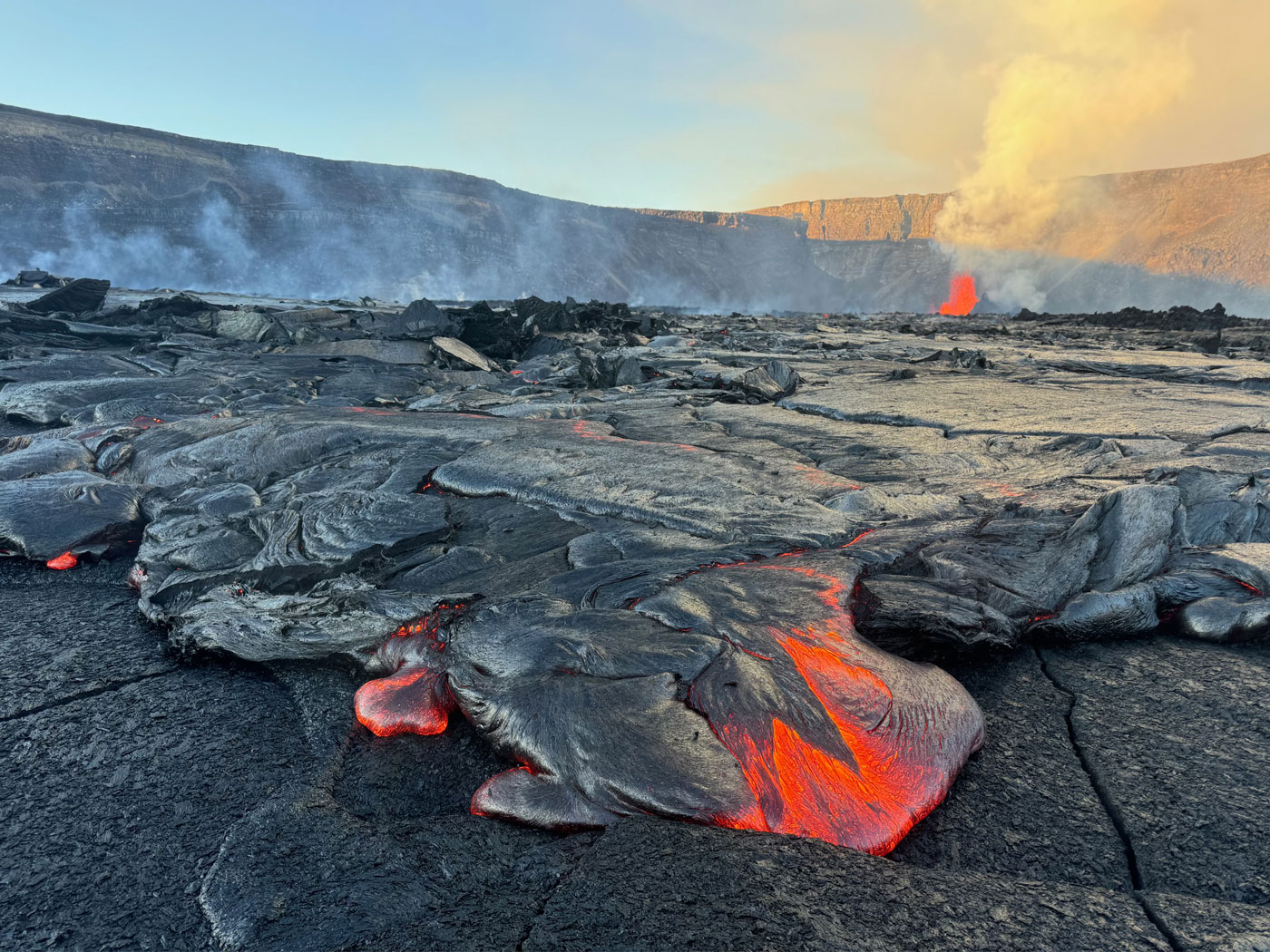San Diego (Santee), CA -- On November 5, the Institute for Creation Research hosted a creation science conference to a sell-out crowd of 2,300 participants. Conference attendees eagerly heard the results of an eight-year scientific research project called RATE, which stands for Radioisotopes and the Age of The Earth.
During the conference, four key RATE scientists presented their findings and answered questions from the audience. Conference attendees also viewed the premiere showing of the newly-released 48-minute RATE documentary Thousands…Not Billions. After the conference, 500 of the participants also attended an open house at the newly-expanded ICR Museum of Creation and Earth History.
Eight years ago, not knowing what they would find, the RATE Team set out to take a closer look at radioisotope dating which has been the basis for the argument that the earth is old, a necessary component for the theory of evolution. The RATE Team’s discoveries strongly support a young age for the earth, and thus seriously challenge evolution.
The RATE Team discovered:
- Conventional radioisotope dating methods are inconsistent and therefore not reliable. In dating the same rock layer, radioisotope dating showed four different ages.
- Substantial amounts of helium found in crystals within granite. If the earth evolved over billions of years, all the helium should have already escaped.
- Radiohalos in rocks caused by the decay of uranium and polonium, which strongly suggests a rapid decay rate, not gradual decay over billions of years.
- Diamonds thought to be millions/billions of years old by evolutionists contain significant levels of carbon-14. Since carbon-14 decays quickly, none should have been found in the diamonds if the evolutionary age is correct.
For more information or to schedule a media interview about the RATE research, call Kathryn Mokan at (619) 448-0900, ext. 6013.
Project RATE is a joint research initiative sponsored by the Institute for Creation Research of San Diego, California and the Creation Research Society of St. Joseph, Missouri. Funding for this project came from private donations to ICR.


















